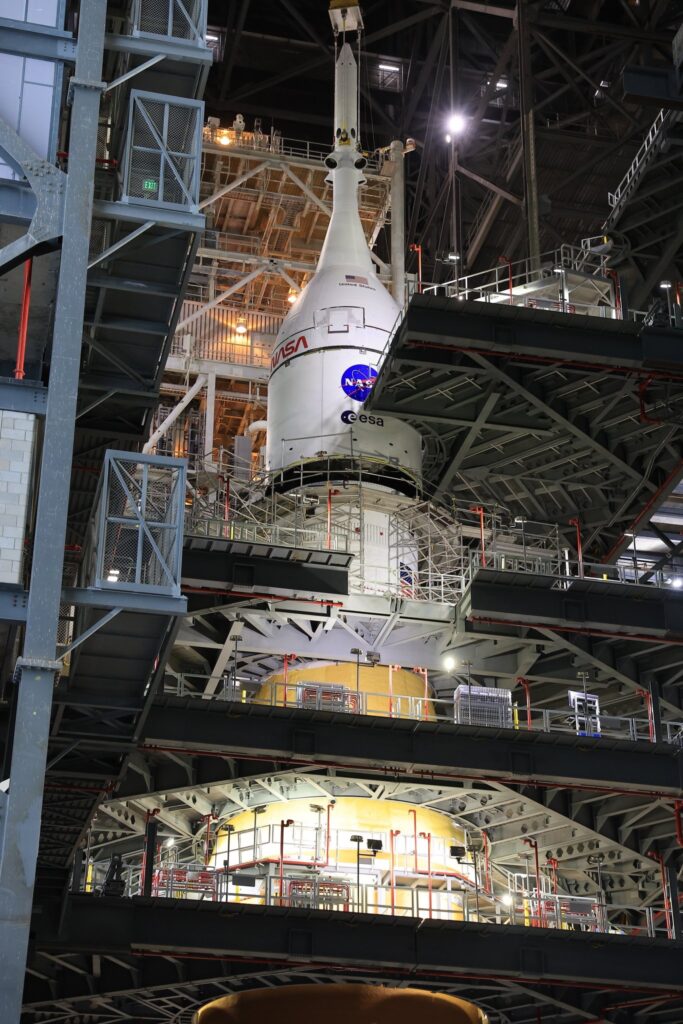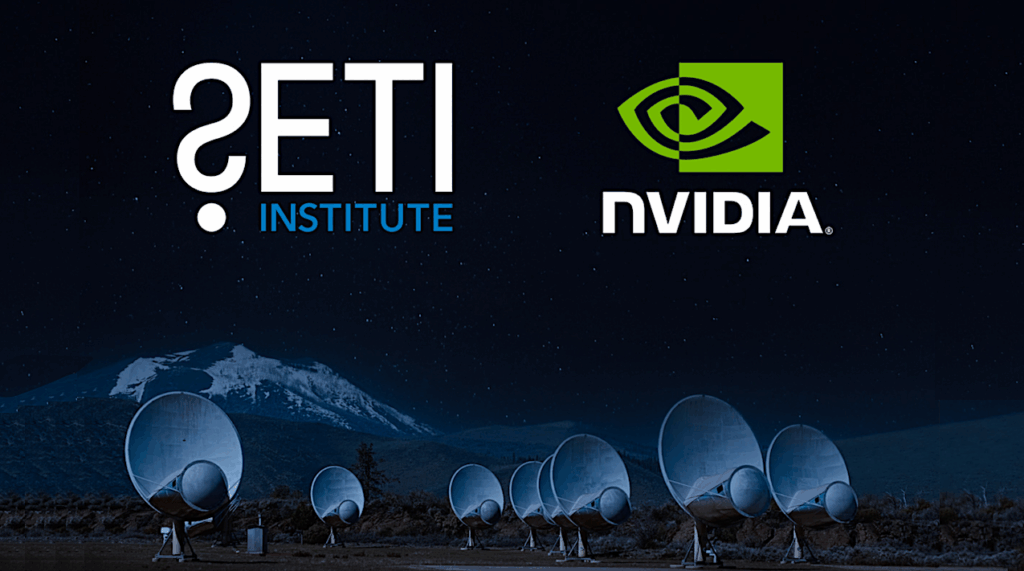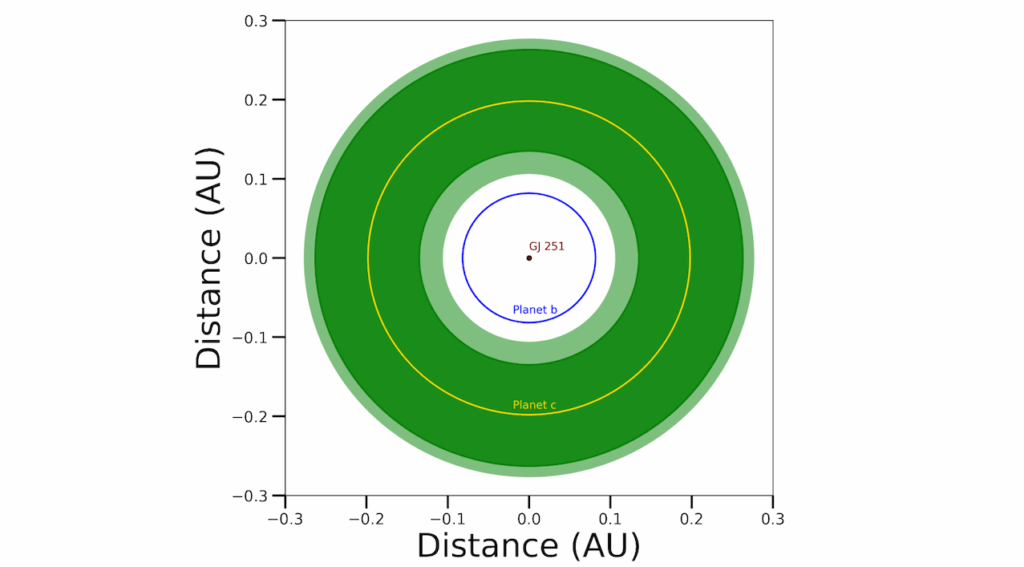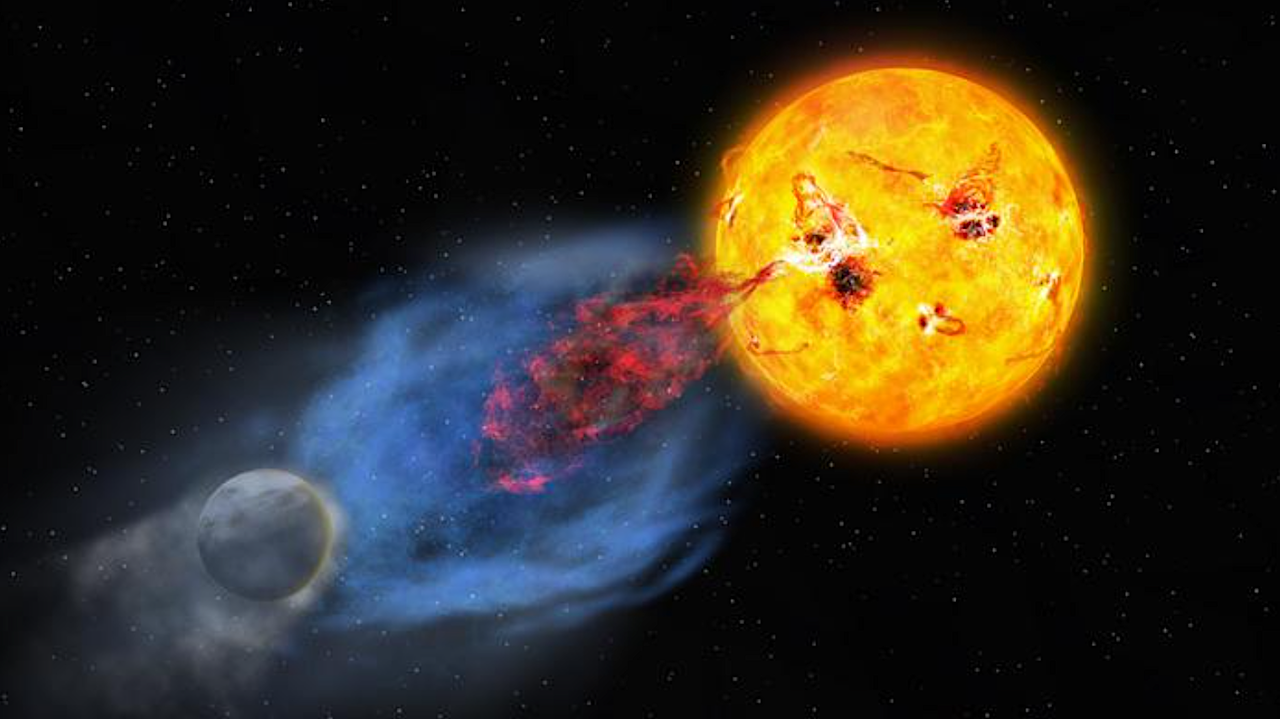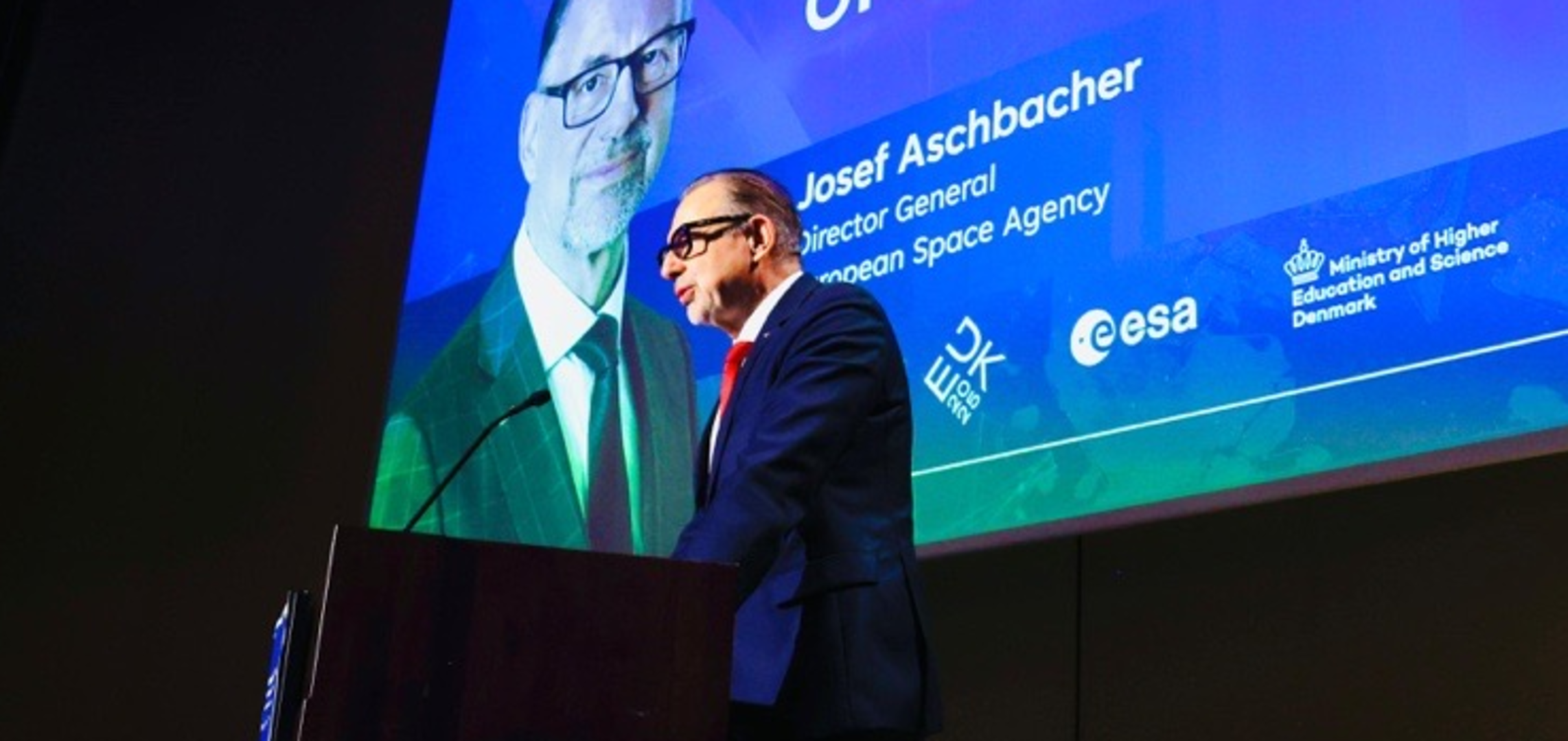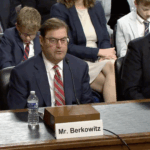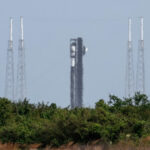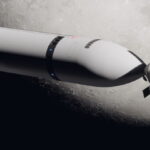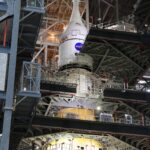Now Reading: NASA Spaceline Current Awareness List #1,171 24 October 2025 (Space Life Science Research Results)
-
01
NASA Spaceline Current Awareness List #1,171 24 October 2025 (Space Life Science Research Results)
NASA Spaceline Current Awareness List #1,171 24 October 2025 (Space Life Science Research Results)
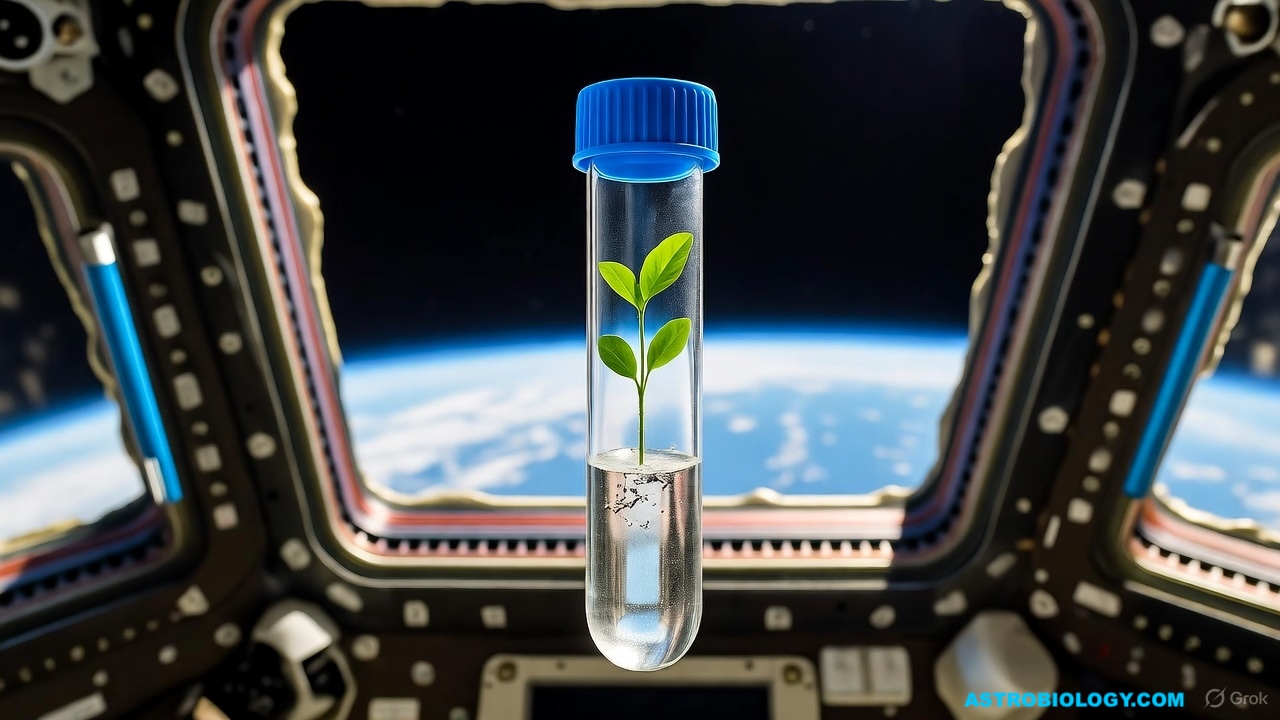

NASA Spaceline Current Awareness List — Grok via Astrobiology.com
The abstract in PubMed or at the publisher’s site is linked when available and will open in a new window.
This “In case you missed it” includes two new publications. The first, Navigating Health Challenges in Space: Systems Adaptations, Alterations and Medical Carea,, is a newly published book written by Dr. Raimondo G. Russo and published by Springer Nature Switzerland. For more information and how to access this book go to https://doi.org/10.1007/978-3-032-03620-9. The second is a new decadal survey overview published by the National Academies of Sciences, Engineering, and Medicine titled Solar and Space Physics for the Nation: An Overview of the 2024-2033 Decadal Survey and is available at https://doi.org/10.17226/29150.
Papers deriving from NASA support:
- Khachatryan G, Sirunyan T, Hakobyan S, Davitavyan S, Zakharyan R, Stepanyan A, Brojakowska A, Khlgatian MK, Bisserier M, Zhang S, Goukassian DA, Arakelyan A.Long-term pathway activation in cardiac ventricular tissues after gamma and simGCRsim irradiation.Radiat Res. 2025 Sep 25. Online ahead of print.PI: D.A. GoukassianJournal Impact Factor: 3.1
Funding: “This work was funded by the NASA Human Research Program,grant #80NSSC19K1079 (formerly, 80NSSC18K0921) and grant#80NSSC21K0549 (PI: Kenneth Walsh; subcontract: DAG) to DAG, the ADVANCE Research Grant provided by the Foundation for Armenian Science and Technology and Research Grant 25FAST-1F004 by Higher Education and Science Committee of the Ministry of Education, Science, Culture, and Sports of Armenia (DAG and AA).”
- Nascimento CMC, Fluckey JD, Lima F, Macias BR, Shirazi-Fard Y, Greene ES, Braby LA, Bloomfield SA, Wiggs MP.Differential regulation of mitochondrial quality control in skeletal muscle by HZE radiation exposure and partial weightbearing in mice.Life Sci Space Res. 2025 Oct 22. Online ahead of print.PIs: S.A. Bloomfield/ B.R. Macias/NSBRINote: From the article: “In this study, we investigated whether a single dose of 0.5 Gy of 300 MeV/u 28Si heavy-ion radiation with or without simulated lunar gravity (partial weight bearing, G/6) and would alter the transcriptional landscape of mitochondrial quality control (MQC) pathways in murine skeletal muscle.”
Journal Impact Factor: 2.8
Funding: “These studies were funded through the NASA Cooperative Agreement NCC 9-58 with the National Space Biomedical Research.”
- Wu YL, Wang GL, Wang XP, Yue XY, Zou MJ, Wang-Otomo ZY, Madigan MT, Cogdell RJ, Yu LJ.Molecular and structural insights into neurosporene accumulation in Rhodobacter sphaeroides G1C.Photosynth Res. 2025 Oct 20;163(6):53.Note: From the abstracts: “Carotenoids are tetraterpenoid pigments that play important roles in photosynthesis, provide protection from oxidative stress, and facilitate environmental adaptation. The green-colored carotenoid neurosporene, a key intermediate in carotenoid biosynthesis, plays a central role in the production of several other carotenoids; however, neurosporene accumulation is rare in nature. In this study, we investigated the accumulation of neurosporene in Rhodobacter sphaeroides strain G1C, a mutant derivative of wild-type Rba. Sphaeroides obtained by nitrosoguanidine mutagenesis.”
Journal Impact Factor: 3.7
Funding: “This work was supported in part by the National Key R&D Program of China (No. 2022YFC3401800), the Innovation Center for Academicians of Hainan Province, and the Specific Research Fund of the Innovation Center for Academicians of Hainan Province (No. YSPTZX202309). M. T. M. was supported in part by NASA Cooperative Agreement 80NSSC21M0355.”
Other papers of interest:
- Rahman S, Aldhaheri S, Khader W, Rockey J, Masmoudi K, Tawfiq NH, Cheruth AJ, Al-Zayadneh W, Krishankumar S, Mazmi HA, Shehhi HFA, Alzaabi RA, Kurup SS.Spaceflight disrupts transcriptome dynamics and germination in date palm (Phoenix dactylifera) seeds.Plant Stress. 2025 Dec;18:101045.Note: ISS results.
- Schoenmaekers C, Jillings S, Mortaheb S, Glukhikh D, Naumov I, Tomilovskaya E, Rukavishnikov I, Pechenkova E, Ryabova A, Makovskaya L, Nosikova I, zu Eulenburg P, Wuyts FL.Neural correlates of vestibular adaptation in cosmonauts after long duration spaceflight.npj Microgravity. 2025 Oct 20;11(1):71.Note: ISS results. This article may be obtained online without charge.
- Akgun Y.Plasma exchange as a neuroprotective strategy for post-spaceflight neuroinflammation in astronauts.Life Sci Space Res. 2025 Nov;47:95-7.Note: This is an opinion/position paper.
- Ciofani G, Bandiera T, Corsini A, Crescenzi M, De Vittorio M, Mari S, Martinelli E, Monici M, Piccirillo S, Narici M, Ferranti F.Pharmaceutical and biomedical challenges for crew autonomy in health preservation during future exploration missions.Commun Med. 2025 Oct 8;5:418.Note: This article may be obtained online without charge.
- Gupta R, Ghosh PS.Advancements in health monitoring technologies for astronauts in deep space missions: A review.Life Sci Space Res. 2025 Nov;47:190-6. Review.
- De Martino E, Swain P, Lindsay K, Bruce-Martin C, Jacobs E, Barbour B, Buckley C, McDonnell AC, Caplan N, Hughes L.Entering a new era for exercise countermeasures in human spaceflight.Exp Physiol. 2025 Oct 19.Note: This article may be obtained online without charge.
- Khijmatgar S, Pellegrini M, Ghizzoni M, Del Fabbro M.Effect of microgravity and space radiation exposure on human oral health: A systematic review.Biophysica. 2025 Sep 29;5(4):45. Review.Note: This article may be obtained online without charge.
- Schmidt S, Adebowale MN, Rebrov E, Fisk I, Yang N, Saarela M, Hessel V.Evaluating the impact of simulated microgravity of a random positioning machine on the stability of emulsions applying scaling analysis via dimensionless numbers.Soft Matter. 2025 Oct 21. Online ahead of print.Note: This article may be obtained online without charge.
- Wu Z, Tang J, Jia F, Wang W, Liu S, Liu H, Liu H.Green light and nitrogen: Optimizing antioxidant production in lettuce for extraterrestrial survival.Life Sci Space Res. 2025 Nov;47:32-42.
- Bimm J, Kilian P.Simulating the astronaut: What can dummies teach us about space exploration?Technol Cult. 2025 Oct;66(4):991-1023.Note: From the abstract: “This article recovers the neglected role of anthropomorphic dummies in Cold War space exploration. Going beyond their association with crash testing, the article shows how dummies were central to human factors research and helped configure ideas of the ideal spacefaring body. Through archival and media sources, the authors demonstrate how dummies embodied racialized and gendered norms and influenced both technical environments and cultural imaginaries. This reframing positions dummies as active tools in shaping astronautics, thereby contributing to the history of science, science and technology studies, and the cultural history of space.”
- Horeau M, Auffret M, Loréal O, Derbré F.Extreme physical inactivity alters iron metabolism: Mechanisms and health issues for astronauts and bedridden patients.J Physiol. 2025 Oct 16. Review. Online ahead of print.Note: This article may be obtained online without charge.
- Fahrion J, Ellena G, Mastroleo F, Dussap CG, Leys N.The influence of different storage conditions on Limnospira indica, a promising candidate for air revitalization in space.iScience. 2025 Oct 17;28(10):113499.Note: This article may be obtained online without charge.
- Wuest SL.Cytoskeleton changes of mammalian cells in microgravity: Results from three decades of low-gravity research.Front Space Technol. 2025 Sep 24;6:1677728. Review.Note: This article may be obtained online without charge.
- Yan S, Cui J, Degermendzhi AG, Liu H, Fu Y.Simulated microgravity promotes the accumulation of zoonotic pathogens and antibiotic resistance genes in the endophytic bacteria of lettuce leaf.Acta Astronaut. 2025 Oct 21. Online ahead of print.Note: From the abstract: “Using a clinostat-based simulated microgravity system and high-throughput metagenomic sequencing, we examined the influence of simulated microgravity upon the lettuce leaf endophytes.”
- Yingchutrakul Y, Tulyananda T, Krobthong S.Comprehensive omics strategies for space agriculture development.Life Sci Space Res. 2025 Oct 19. Review. Online ahead of print.Note: This article may be obtained online without charge.
- Leppard TP, Fitzpatrick SM, Holcomb JA.How to successfully colonize space: Lessons from island archaeology.Acta Astronaut. 2025 Oct 22. Online ahead of print.
- Hashmi R, Petersen C, Gutierrez-Bayona NE, Buonanno M, Kleiman NJ, Ponnaiya B, Brenner DJ, Welch D.Using skin bi-fold thickness changes for assessment of SKH-1 mice exposed to UVC radiation.Photochem Photobiol. 2025 Oct 18. Online ahead of print.
- Johnson I, Ferreira N, Sharlandjieva V, Sabatier L, Hyde D, McCurry EE, Milligan K, Haston CK.Genomic loci of radiation-induced lung disease in a mouse model: Refinement and candidate gene analysis.Radiat Res. 2025 Oct 10. Online ahead of print.
- Yu F, Ma X, Liu Y, Wang R, Huang Z, Wang Y, Zhang J, Dong R, Qiao PG, Zheng W, Qian L, Ren P, Wang Z.Heterogeneous and lateralized cervical vascular responses to a 7-day head-down tilt bedrest.npj Microgravity. 2025 Oct 16;11:70.Note: This article may be obtained online without charge.
- Al Jalali V, Bauer M, Jorda A, Bergmann F, Wölfl-Duchek M, Partl R, Vcelar B, Katinger D, Bashur R, Schnidar H, Zeitlinger M.Randomized, double-blind, phase I pharmacokinetic study of subcutaneous recombinant human superoxide dismutase (rhSOD) in healthy volunteers.Clin Pharmacokinet. 2025 Oct 18.Note: From the abstract: “Excessive production of reactive oxygen species (ROS), particularly superoxide anion, is a key mechanism in diseases such as cancer, inflammatory disorders, neurodegenerative conditions, and metabolic diseases. Evidence also suggests that microgravity-induced oxidative stress, primarily driven by elevated O–2 levels, may contribute to the adverse physiological effects observed in astronauts during extended space missions.” This article may be obtained online without charge.
Astrobiology, Space Biology, Space Medicine, Microgravity, ISS,
Stay Informed With the Latest & Most Important News
Previous Post
Next Post
-
 012024 in Review: Highlights from NASA in Silicon Valley
012024 in Review: Highlights from NASA in Silicon Valley -
 02Panasonic Leica Summilux DG 15mm f/1.7 ASPH review
02Panasonic Leica Summilux DG 15mm f/1.7 ASPH review -
 03How New NASA, India Earth Satellite NISAR Will See Earth
03How New NASA, India Earth Satellite NISAR Will See Earth -
 04And Thus Begins A New Year For Life On Earth
04And Thus Begins A New Year For Life On Earth -
 05Astronomy Activation Ambassadors: A New Era
05Astronomy Activation Ambassadors: A New Era -
06SpaceX launch surge helps set new global launch record in 2024
-
 07Space Force plans new ‘Futures Command’ amid pressure to speed up modernization
07Space Force plans new ‘Futures Command’ amid pressure to speed up modernization













